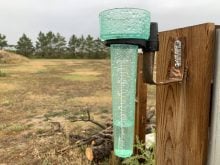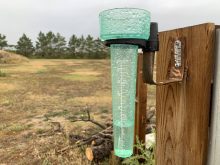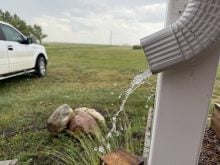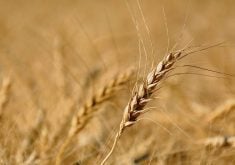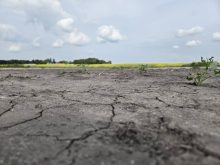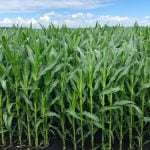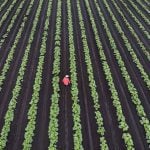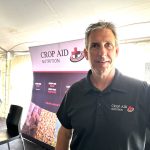You may think you know what to expect when drawing water for the sprayer. That assumption may come at a cost, says expert Tom Wolf of Agrimetrix Research and Training.
Swings in weather, from drought last year to wet this year, can affect water quality, said the author of the popular blog, Sprayers 101.
“Things do change,” he said. “And also, our herbicides and our use patterns also change slightly. For example, we’ve had a slight increase in price — a significant increase in price in some cases — of some herbicides. And that’s an incentive then for farmers to use lower rates.”
Read Also
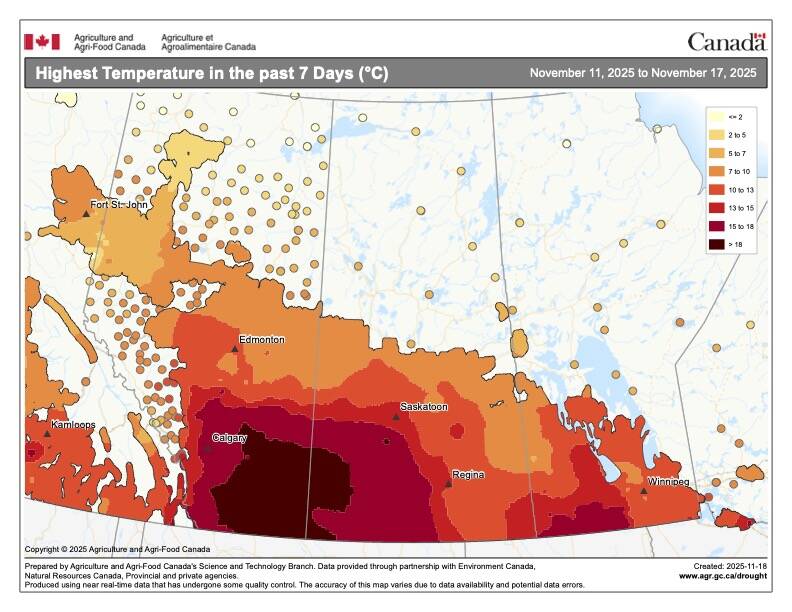
Is a weather station right for your farm?
Weather stations could make a great Christmas gift for the farmer in your life.
Water quality becomes even more critical with low-rate glyphosate, which is generally out of favour when prices are lower, said Wolf, noting he’s taken lots of recent calls about water quality.
Most of those are on water conditioning and hardness — issues for producers who draw from groundwater rather than surface water dugouts. Changing water levels from last year’s drought may have shifted the quality of that groundwater.
In many areas of Manitoba, flooding has increased turbidity (suspended particles and sediment whipped up by water flows) in surface water sources.
“The turbidity is the big issue, turbidity and organic suspended solids,” said Wolf. “Those are very difficult to actually get around.”
Both glyphosate and Reglone are seriously impacted by the amount of suspended solids in water, but that measure isn’t always included in test result, he noted. Some tests may label water generally as appearing clear, “but how clear is that exactly?
“What does it mean for herbicides? That’s really unclear right now,” said Wolf.
“There are turbidity indices that some water tests provide, and we don’t know how those are related to efficacy. We really only know the most rudimentary of information.”
While turbidity may be visible, chemistry is not, said Kim Brown-Livingston, Manitoba’s provincial weed specialist.
She, too, urges producers to test their water.
They may need help to interpret the test results, said Wolf.
“Water test results look like a chemistry exam,” he said. “They have all of these terms and so I think it is difficult to know, because we don’t all have that chemistry background. Consulting with an expert is advisable rather than guessing.”




